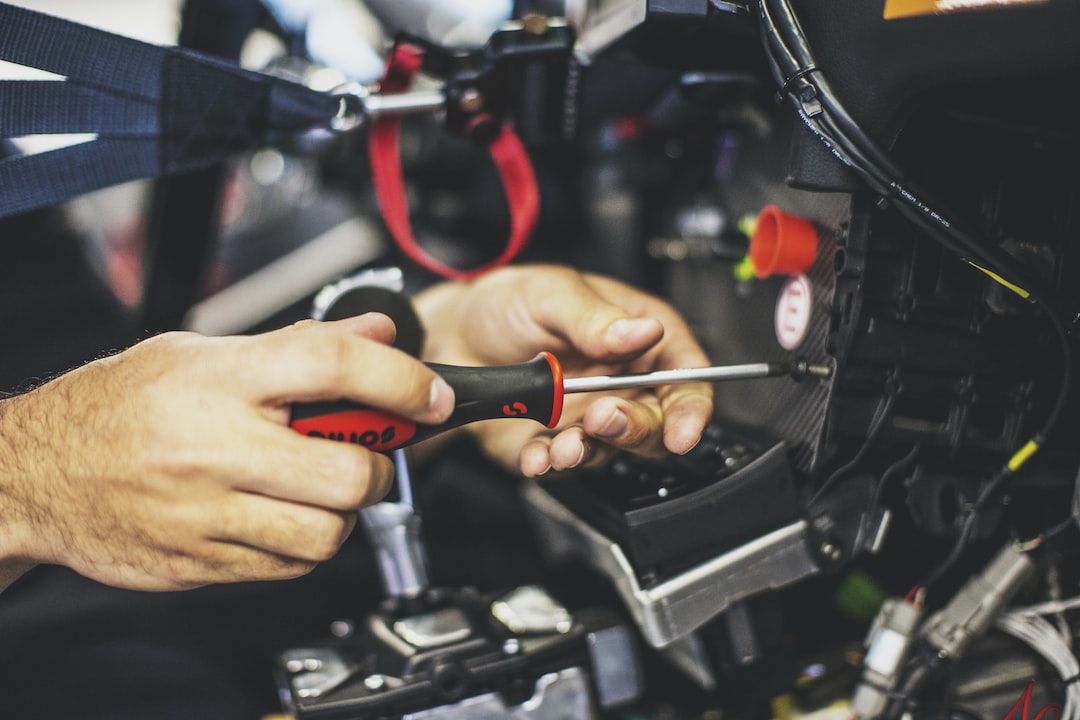Addressing the Skills Gap in the Manufacturing Workforce
The manufacturing industry has played a crucial role in driving economic growth and employment opportunities over the years. However, the industry is now facing a significant challenge – a growing skills gap in the manufacturing workforce. The skills gap refers to the mismatch between the skills required by employers and the skills possessed by workers in a specific industry. In the case of manufacturing, this gap is widening and needs to be urgently addressed.
One of the primary reasons behind the skills gap in the manufacturing industry is the rapid technological advancements. Automation, artificial intelligence, and robotics have transformed the way manufacturing processes are carried out. Unfortunately, many workers lack the necessary skills to adapt to these new technologies and work alongside them. As a result, manufacturers are struggling to find qualified and skilled workers to fill important roles.
Another factor contributing to the skills gap is the misconception and negative perception surrounding manufacturing jobs. Many young people are not considering a career in manufacturing because they believe it is repetitive, low-skilled, and labor-intensive work. This perception needs to change. Manufacturing has evolved into a high-tech industry that requires a range of technical skills, problem-solving abilities, and creativity. By promoting these aspects of the industry, we can start to attract a new generation of workers who are eager to learn and contribute to the manufacturing workforce.
To address the skills gap, collaboration between governments, educational institutions, manufacturers, and workers is crucial. Governments should invest in vocational training programs and create incentives for individuals to pursue careers in manufacturing. By providing financial support and scholarships for technical education, governments can encourage more students to gain the skills needed for the industry.
Educational institutions, including universities, colleges, and trade schools, should update their curriculum to align with the evolving needs of the manufacturing sector. This may involve introducing courses that focus on automation, robotics, data analysis, and other emerging technologies. Additionally, educational institutes should forge partnerships with manufacturers to offer internships, apprenticeships, and co-op opportunities, enabling students to gain real-world experience while studying.
Manufacturers themselves need to take an active role in addressing the skills gap. They should collaborate with educational institutions to design training programs that equip workers with the necessary skills. This could include on-the-job training, mentorship programs, and certifications. Manufacturers should also consider investing in technology and automation solutions that can supplement human labor, rather than replacing it. By integrating workers with technology, manufacturers can create a more versatile and skilled workforce.
Furthermore, employers need to create a supportive work environment that encourages continuous learning and upskilling. By investing in employee training and development programs, manufacturers can improve the skills of their existing workforce and retain valuable talent. Furthermore, they can implement career progression plans that offer opportunities for advancement and increased responsibilities. This will not only motivate workers but also attract new talent to the industry.
Addressing the skills gap in the manufacturing workforce is a complex challenge. However, by adopting a multi-faceted approach that involves collaboration between governments, educational institutions, and manufacturers, we can start narrowing this gap. Investing in vocational training programs, promoting the positive aspects of the industry, and creating a supportive work environment can all contribute to creating a highly skilled and adaptable manufacturing workforce. By doing so, we not only secure the future of the manufacturing industry but also drive economic growth and job opportunities for individuals.

